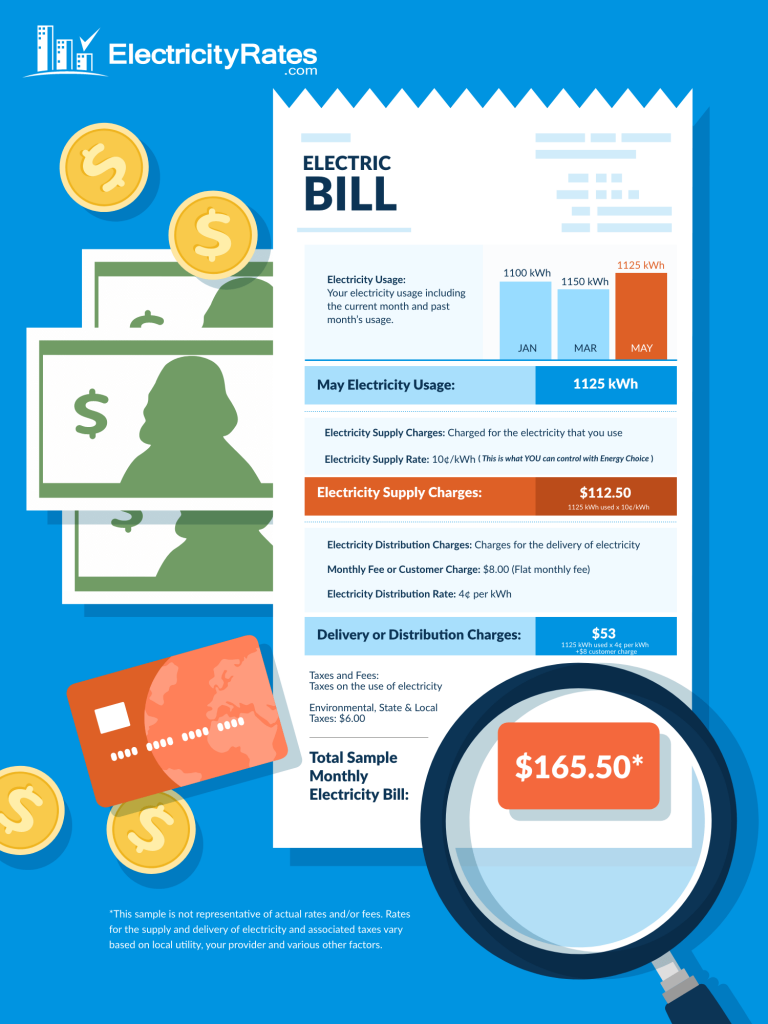The browser you are using is not supported. Please consider using a modern browser.

BGE Rate Increase October 1st: What Marylanders Need to Know
Maryland BGE customers will experience a rate increase starting October 1, 2023. The price to compare will be increasing by 18% from 9.983 cents per kWh to 11.761 cents per KWh. Read on to understand the factors behind the BGE rate increase and how to navigate multiyear plans.
Baltimore Gas and Electric (BGE), one of Maryland’s leading utility providers, has recently announced a forthcoming rate increase that is set to take effect on October 1, 2023. This news has drawn the attention of its extensive customer base, prompting inquiries into the reasons for the increase and the potential impact on consumers’ wallets. The rate hike, though unwelcome, is a result of a calculated approach by BGE to meet the demands of its multiyear plan. This current multiyear plan was set in motion in 2021.

As part of its 2021-2023 Multi-Year Plan, BGE outlines its strategies for adapting to changing energy landscapes and customer needs. With a focus on sustainability, innovation, and reliability, BGE is investing in upgrading its infrastructure, enhancing technological capabilities, and incorporating renewable energy sources. The rate increase is a crucial component of this ambitious plan.
The multiyear plan necessitates financial support to carry out these initiatives effectively. A portion of the rate increase can be attributed to the need for funding these projects. This includes advancements in grid technology, expansion of renewable energy options, and bolstering the overall reliability of the energy supply. These investments, while potentially leading to short-term rate hikes, are designed to yield long-term benefits for both customers and the environment.
Understanding the Breakdown: Delivery Rates vs. Supply Rates
It’s important to differentiate between delivery rates and supply rates when comprehending the rate increase. Delivery rates pertain to the cost of transporting electricity from the source to the consumer’s location. These charges cover the maintenance, operation, and improvement of power lines, substations, and related infrastructure.
On the other hand, supply rates encompass the actual cost of electricity generation. This portion of the bill is influenced by market conditions, fuel prices, and overall demand. The increase in supply rates is often a reflection of changing market dynamics and the costs associated with procuring the energy itself.
Both delivery rates and supply rates are increasing as part of this rate adjustment. The increase in delivery rates directly supports the infrastructure improvements outlined in BGE’s multiyear plan. Meanwhile, the increase in supply rates mirrors the shifting energy landscape and market conditions.

The Path Forward: Leveraging Fixed-Rate Contracts
Given the anticipated multiyear rate increases, it’s prudent for BGE customers to consider their options for minimizing the impact on their budgets. One strategy that can provide stability in a potentially fluctuating energy market is opting for fixed-rate contracts.
Fixed-rate contracts allow customers to lock in their energy supply rates for a specified duration, shielding them from unexpected rate hikes during that period. This can provide a sense of financial security and predictability, especially as BGE continues to implement its multiyear plan and navigate changing energy dynamics.
Maryland customers can use ElectricityRate.com’s Rate Comparison Tool to find the best fixed-rate contract for their household or business.
In conclusion, while the upcoming BGE rate increase may prompt concerns among Maryland customers, it’s essential to recognize the broader context. The increase is a result of BGE’s commitment to sustainable growth, innovation, and improved service quality. By investing in infrastructure upgrades and embracing renewable energy sources, BGE is laying the foundation for a more resilient energy future. As these changes unfold, customers can take proactive steps to manage their energy costs, such as considering fixed-rate contracts to mitigate the impact of future rate adjustments.